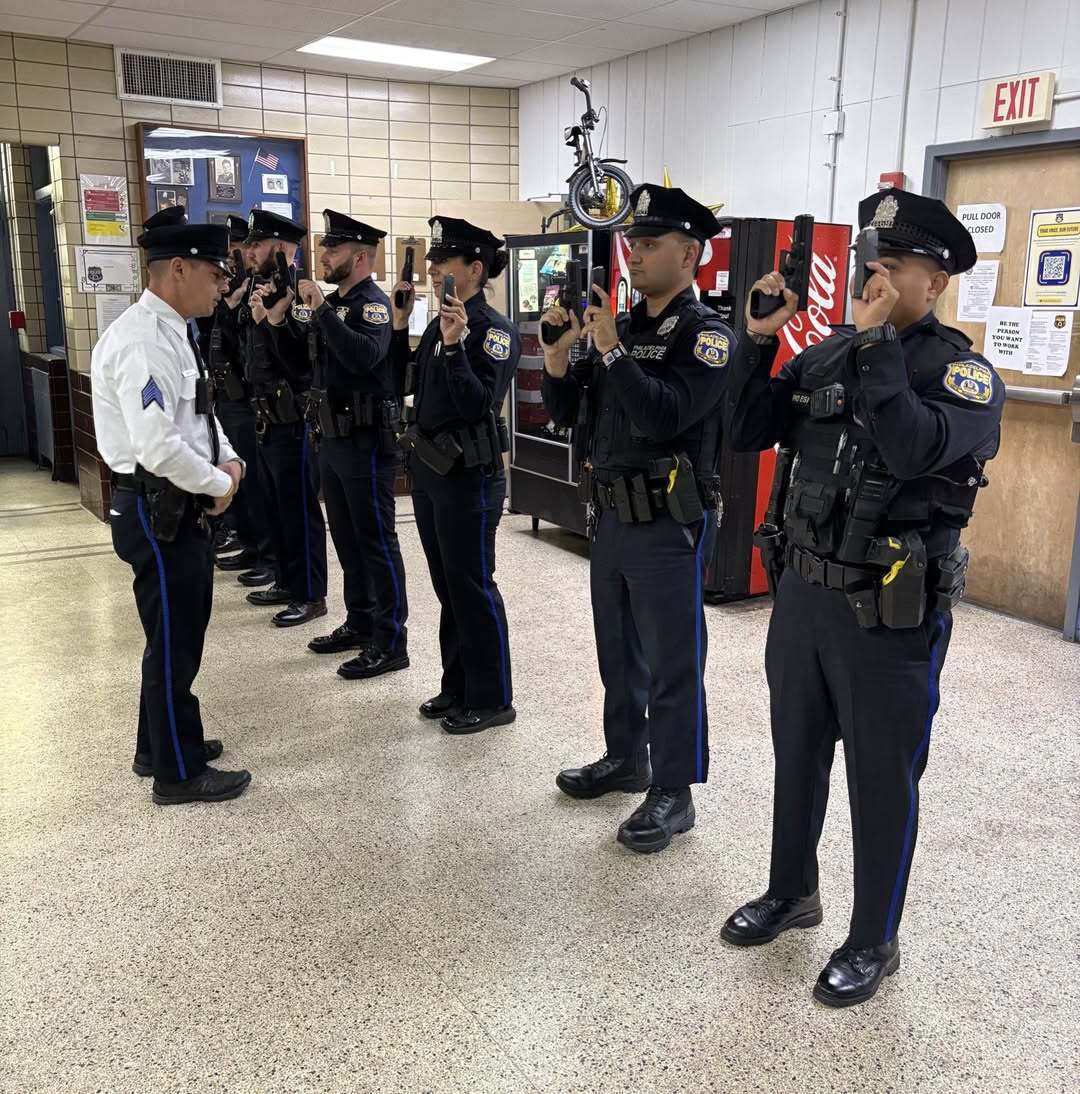𝗟𝗼𝗼𝗸 𝗚𝗼𝗼𝗱. 𝗙𝗲𝗲𝗹 𝗚𝗼𝗼𝗱. 𝗗𝗼 𝗚𝗼𝗼𝗱. 𝗧𝗵𝗲 𝗣𝗼𝘄𝗲𝗿 𝗼𝗳 𝗮 𝗣𝗼𝗹𝗶𝗰𝗲 𝗨𝗻𝗶𝗳𝗼𝗿𝗺
𝗟𝗼𝗼𝗸 𝗚𝗼𝗼𝗱. 𝗙𝗲𝗲𝗹 𝗚𝗼𝗼𝗱. 𝗗𝗼 𝗚𝗼𝗼𝗱. 𝗧𝗵𝗲 𝗣𝗼𝘄𝗲𝗿 𝗼𝗳 𝗮 𝗣𝗼𝗹𝗶𝗰𝗲 𝗨𝗻𝗶𝗳𝗼𝗿𝗺

By Chief Scott Hughes
The Philadelphia Police Department just swapped out its powder-blue uniforms for midnight blue. This is the first major uniform change since the 1970s, with a price tag of about $1.3 million.
On the surface, it’s just a shirt. But in policing, appearance carries weight.
Uniforms are one of the most visible signals an agency projects. They shape how officers are perceived before a single word is spoken, and they set the tone inside the agency as well. Dark blue conveys professionalism, authority, and stability. It reminds officers of the standards they carry with them every shift.
And here’s a point often overlooked: 𝗮𝗽𝗽𝗲𝗮𝗿𝗮𝗻𝗰𝗲 𝗰𝗼𝗺𝗺𝗮𝗻𝗱𝘀 𝗿𝗲𝘀𝗽𝗲𝗰𝘁, and respect is directly tied to officer safety. When officers project professionalism through uniformity, discipline, and presence, it influences compliance. People are more likely to take them seriously. That respect reduces unnecessary challenges in the field, and fewer challenges mean safer encounters for everyone involved.
I often say: “𝑳𝒐𝒐𝒌 𝑮𝒐𝒐𝒅, 𝑭𝒆𝒆𝒍 𝑮𝒐𝒐𝒅, 𝑫𝒐 𝑮𝒐𝒐𝒅.” When officers look sharp, they feel confident. When they feel confident, they perform at a higher level.
Of course, a uniform alone doesn’t create legitimacy. A midnight-blue shirt won’t earn trust by itself. Professional behavior, ethical decision-making, and accountability are what sustain it. The uniform is the outward symbol, but it is the conduct that gives it meaning.
As leaders, we should never underestimate the power of symbolism. People notice details. Even a color change communicates something about identity, unity, and expectations. And when appearance, professionalism, and behavior all align, that’s when respect, trust, and safety follow.

